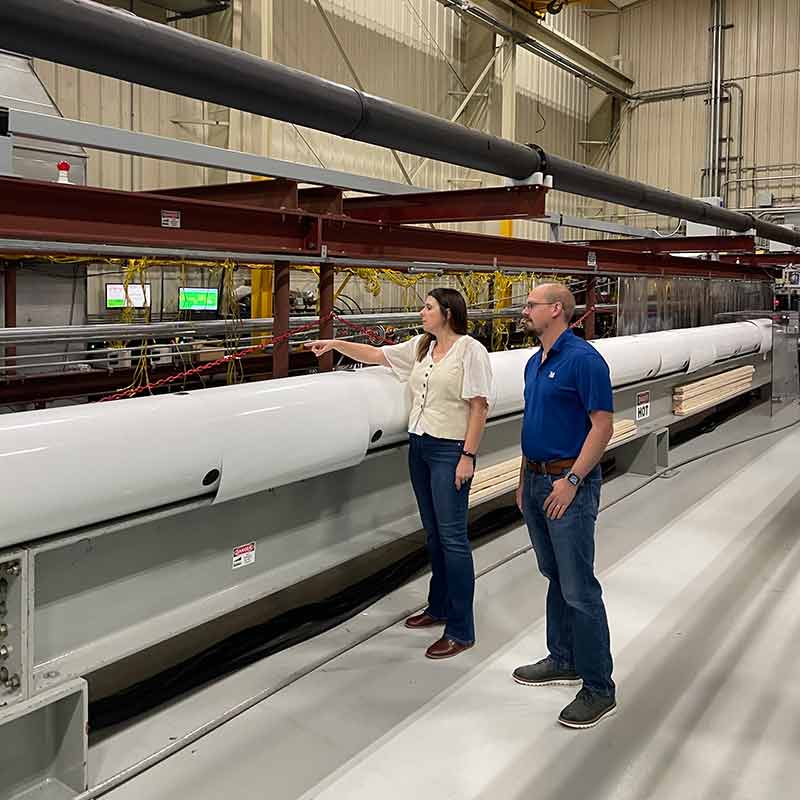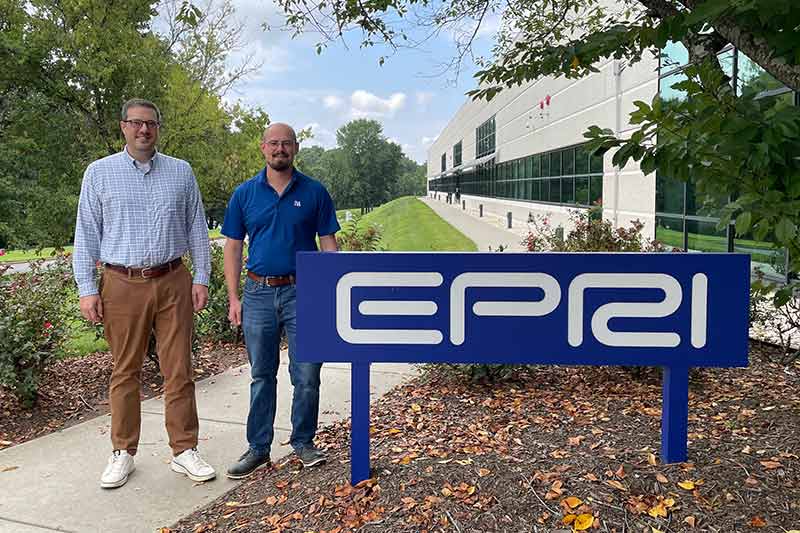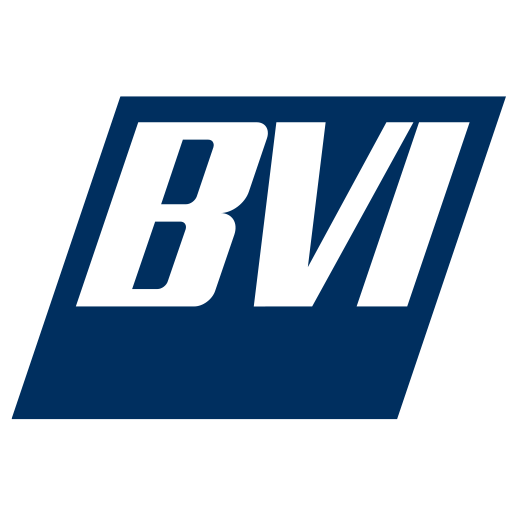TVA Builds Toolbox of ‘Best-Fit’ Solutions for the Grid
Do you have a well-stocked toolbox at your house? One that enables you to efficiently and cost-effectively tackle home projects that extend the life of your home without breaking the bank?
On a much larger scale, employees in TVA’s Transmission and Innovation and Research departments are building an expansive toolbox – one with new tools that will strengthen TVA’s future grid performance.
“The energy landscape is evolving at an unprecedented pace and the decisions TVA makes today will define our ability to deliver reliable, resilient, cost-effective energy for decades to come,” Greg Henrich, senior vice president of Transmission, said. “We’re developing a comprehensive, flexible toolbox of grid-supporting technologies today to meet the needs of tomorrow.”
For TVA, grid-supporting technologies fall into two categories – proven technologies that it hasn’t used before but is considering for the future, and emerging technologies that are in various stages of design or testing.
In either category, TVA’s goal is the same: to strategically evaluate, actively pilot and, over time, incorporate new technologies that will help transmit power more efficiently, provide more flexibility and transmission capacity, and reduce the need to build new transmission lines and procure new rights of way – all while maintaining the reliable energy delivery the Tennessee Valley depends on.
“Load growth is causing the need for increased transmission capacity,” Tim Willis, director of Transmission Engineering, said. “Traditional upgrades such as new transmission lines take a significant amount of time to engineer and construct, so we are assessing the viability of these innovative technologies so we can apply them as best-fit solutions and increase the capacity of our existing lines.”

Rachel Moore, EPRI’s program manager of Overhead Transmission, shows Michael McAmis, TVA’s senior program manager of Grid Research and Development, a conductor testing rig on-site at EPRI.
TVA is collaborating with external partners on a handful of grid-supporting technology projects. For example:
- TVA is evaluating the use of synchronous condensers, an existing technology that operates as a motor, connects to the grid, and regulates voltage and improves stability. TVA has a project to convert the retired Bull Run fossil plant into a synchronous condenser.
- TVA has begun using advanced conductors on the system. The advanced conductors can support increased capacity on the system for load growth, without having to replace structures and towers.
- TVA is also participating in a pilot with multiple vendors using four different Dynamic Line Rating (DLR) technologies, and EPRI, one of the world’s leading independent research organizations, to evaluate DLR systems designed to increase capacity by providing transmission ratings that accurately reflect real-time conditions.
Chris Burge, NERC planning coordinator, said partnerships with vendors, organizations such as EPRI, research facilities, national laboratories and other utilities enhance this work.
“These partnerships are important because they mean we are not doing the work in a vacuum,” he said. “The collaboration reduces the risk for all of us, because as partners evaluate and test these technologies, they bring that knowledge to the table and share best practices.”
The technologies are intended to enhance:
- Transmission system flexibility
- Increased capacity for system changes such as load growth
- Expansion of the portfolio of power-generation resources.
TVA uses a full list of criteria to evaluate each technology and considers factors such as how fast a technology would be available for deployment, its cost, the risk involved and how well it solves a particular challenge.
“TVA works with external research and development partners like EPRI to scope and fund lab testing as well as scientific pilot projects so we are comfortable with the pros and cons before making a decision about whether to mass-deploy a technology, especially complex ones like grid-supporting technologies,” Michael McAmis, senior program manager of Grid Research and Development, said. “A well-designed pilot project can help familiarize us with new tools and open the door to innovation in operations.”
TVA continues to develop its comprehensive strategy for guiding exploration, assessing viability and preparing for technology deployment.
“This is exciting and important work,” Willis said. “We are expanding our toolbox and preparing for the future.”

Drew McGuire, left, EPRI’s senior director of Transmission and Distribution Research and Development, and Michael McAmis, TVA’s senior program manager of Grid Research and Development, take a break from meetings at the EPRI facility in Charlotte, North Carolina.
